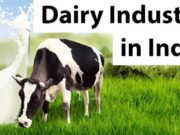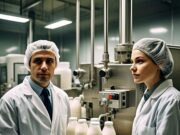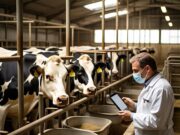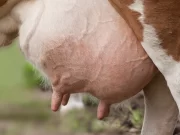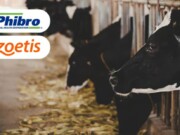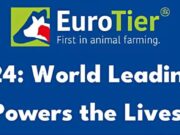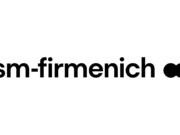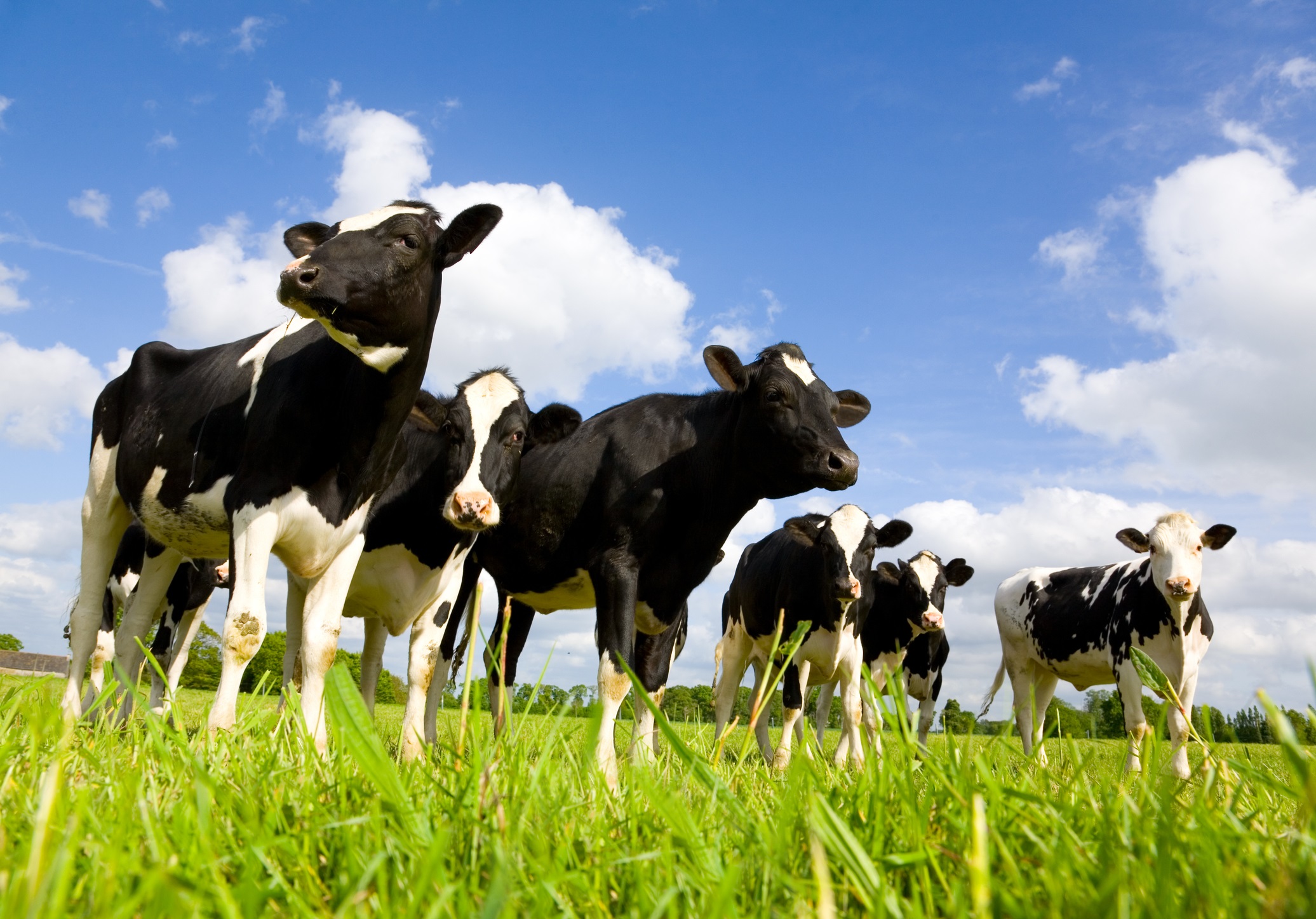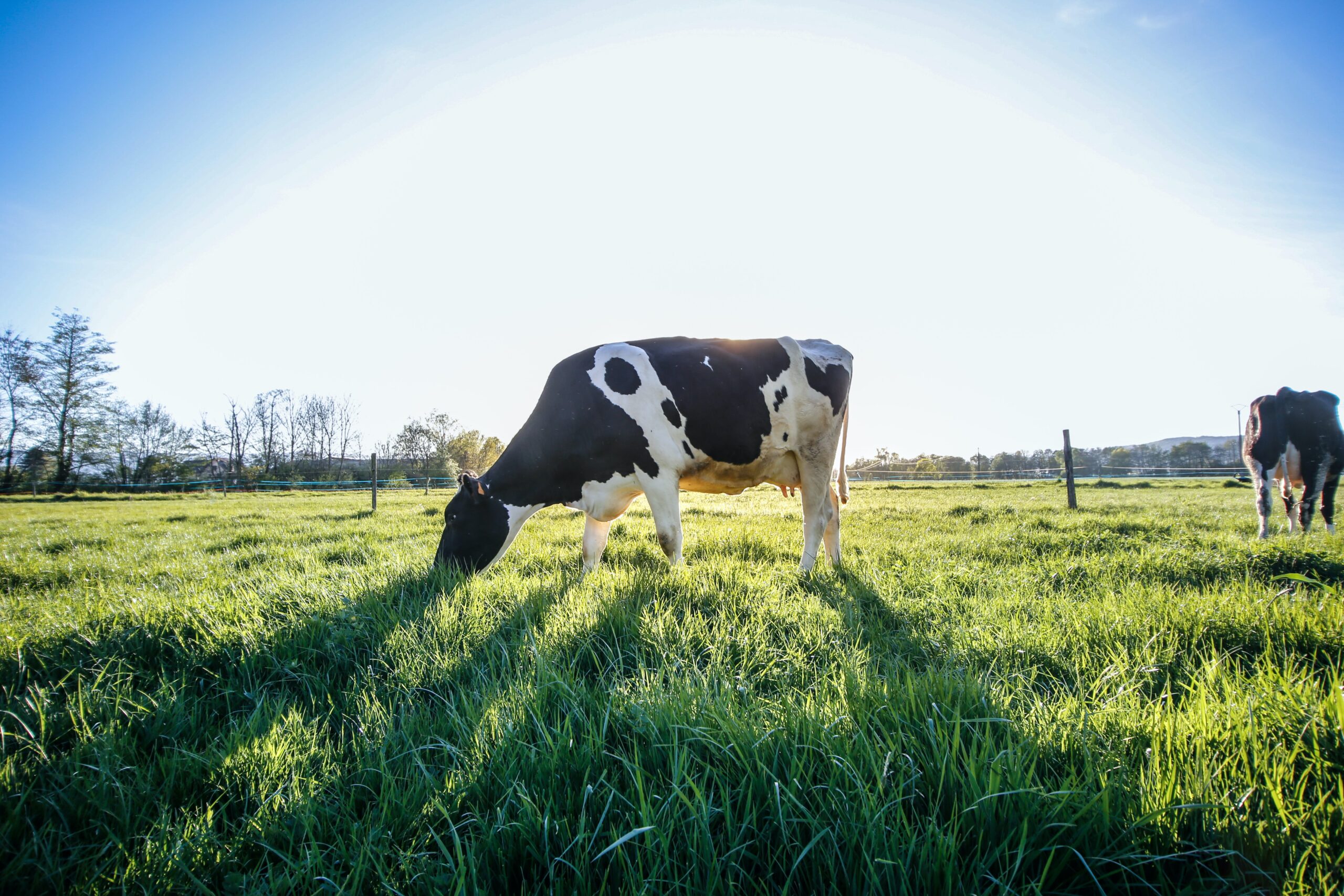
Abstract
Stress is the inability of animals to cope with the changes in the surrounding environment. There are different types of stress social stress, transportation stress, managemental stress, pathological stress, and environmental stress. Stress has severe effects on milk production and milk composition in dairy animals. There is a decrease in lactose, SNF, and fat, and an increase in stearic acid, and palmitic acid. There is less supply of glucose to the mammary gland which negatively affects the synthesis of lactose and therefore milk production in animals is decreased.
Introduction
Walter Cannon was the first to use the term stress, it is defined as a reflex action that involves the inability of the animal to adjust to its surroundings leading to discomfort and death. The basic mechanism of stress is a release of ACTH from the anterior pituitary that acts on the adrenal gland to produce cortisol and epinephrine, in chronic stress, will result in detrimental metabolic and immunological effects.
There are different types of stress social stress, transportation stress, managemental stress, pathological stress, and environmental stress.
Social stress;
Social Stress is a situation that threatens the relationship or sense of belonging in the group. of animals (Gellman et al., 2013).
- Social isolation; Social stress can cause stress in cattle, sheep, and goats eg when dairy cattle were socially isolated they showed an increase in defecation, urination, heart rate, and cortisol level
- Social instability; When cows were moved into a new pen there was a decrease in feed intake, and higher cortisol levels.
- Crowding (reduced space allowance); Nowadays challenge for producers is the growth of animals without an increase in facilities like space allowance. For cattle increase in animal number in lesser space resulted in decreased feed intake thus growth and production of animals are affected (Proudfoot et al., 2008).
Effects of social stress; Growth and production performances of animals are severely affected by social stressors. Stressors cause an increase in glucocorticoid levels and therefore increase in somatostatin levels and inhibit growth hormone production from the anterior pituitary. Animals that were suffering from social stress had a high mortality rate. The weaning of calves resulted in higher mortality of calves (Hodgson et al., 2012). In cattle, social isolation affects negatively immune function like alterations in lymphocyte concentration and lower ratios of CD4 and CD8 lymphocytes.
Transportation stress;
Transportation of cattle is a necessary part of the production cycle like processing, sorting, weaning, and slaughter.
Management of transportation stress
- For a long duration of transport, floor conditions should be taken into consideration.
- Vehicle design and quality of driving are also important.
- The rest period of at least 6 hours when traveled for 12 hours is recommended for cattle.
- Chromium and vitamin E are given as pre-transportation treatment to prevent shrinking because of transportation.
- Non-steroidal anti-inflammatory drugs such as meloxicam prevent animals from the negative effect of long-duration transportation.
Pathological stress;
Diseases can cause direct losses like death, stunted growth, and indirect losses like expenses of drugs and vaccines, and labor costs. Castration of calves, and docking, when done at an inappropriate time also cause pathological stress on calves. Diseases like mastitis and metritis are associated with the productivity of animals and are responsible for huge losses economically.
Managemental stress;
Managemental stress can be because of insufficient feeding; it will also result in cold stress as heat which is produced by the digestion of food is important for thermoregulation. When the animal is in early lactation there is an imbalance of nutrient supply and need therefore there are chances of various metabolic diseases like ketosis and fatty liver and milk production of animal is decreased.
Environmental stress;
Environmental stress is of two types heat stress and cold stress.
Heat stress;
Thermoneutral zone (TNZ) in animals
HF 5-210C
Jersey and Brown Swiss 5-240C
crossbred cow of India 15-250C
Indian cattle 15-290C
Indian buffalo 15-240C
In temperate areas when the temperature is above 20-250C and in tropical areas causes heat gain rather than heat loss therefore animal comes under heat stress. The extent of heat stress is determined by the length of the heat stress period, cooling at night, improper ventilation and high humidity in the shed, and temperature humidity index (THI). THI is an indicator of thermal climatic conditions THI= 0.72 (W+D) + 40.6 W is wet bulb temperature and D is dry bulb temperature.

Effects of heat stress on milk production
Heat stress has severe effects on milk production and milk composition in dairy animals (Upadhyay et al., 2009). Environmental temperature above 350C activates stress conditions in lactating dairy cows. Total milk production of the animal was higher in the spring season as compared to the summer season. Dry matter intake of animals is reduced by 0.85 kg with every 10C rise in temperature above cow’s TNZ. Milk production of animals is decreased by 36% (Rhoads et al., 2008). Heat stress can cause mastitis in dairy animals as animals are already immunocompromised, mammary gland involution occurs, apoptosis of the mammary gland occurs, and milk production of animals is decreased (Pragna et al., 2016).
Effects of heat stress on milk composition;
There is a decrease in lactose, SNF, and fat, and an increase in stearic acid, and palmitic acid. There is less supply of glucose to the mammary gland which negatively affects the synthesis of lactose and therefore milk production in animals is decreased.
Cold stress;
Cold stress occurs when the temperature falls below normal body temperature. There are chances of frostbite. In severe conditions heart rate, respiration rate and the animal will die. It will also decrease the absorption of colostrum in calves.
Conclusion
Different types of stress affect growth performance as well as the production of dairy animals. Stress is inversely related to growth and production. Nutritional stress will directly affect growth rate, as well as milk production, which will be declined. Similarly, both heat and cold stress severely alter the overall growth and productivity of the dairy animal.
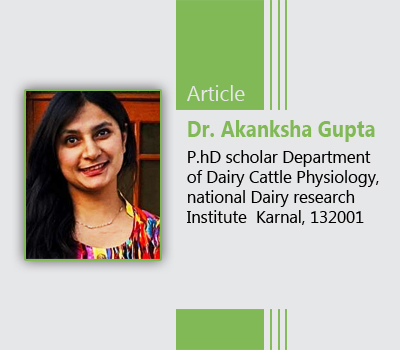
1* AKANKSHA GUPTA, 2 Krishna N Bansal, 3 Sadhana Tiwari, 4 Usha Yadav
1* P.hd scholar Department of Dairy Cattle Physiology, National Dairy Research Institute Karnal, 132001.
2 M.V. Sc Scholar, Department of Veterinary Gynecology and Obstetrics, Rajasthan University of Veterinary and Animal Sciences, Bikaner, Rajasthan, 334001.
3 P.hd Scholar Livestock Production and Management, National Dairy Research Institute Karnal, 132001.
4 M.V. Sc Scholar, Department of Veterinary Gynecology and Obstetrics, Lala Lajpat Rai University of Veterinary and Animal Sciences, Hisar, 125004.
